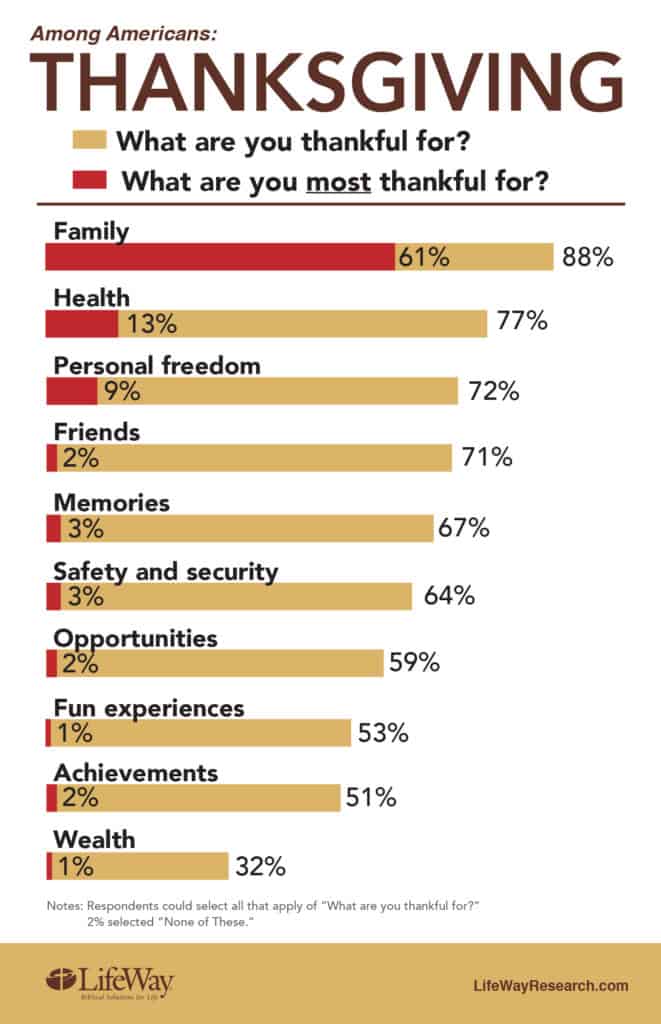
College degree freshly in hand, Alexis moved from the Midwest to Washington, DC, convinced that she was going to change the world. Like so many young professionals, she was drawn to the capital by its high concentration of nonprofits and the chance to influence national and global policy.
“Doing good” was at the top of her list.
Finding a church?
Not so much.
On Alexis’s first weekend in town, she heard music coming from a festival in a nearby park and walked over. In the midst of a glut of booths hosted by community organizations, Alexis was drawn to a simple table under the banner, “Foster the City.” “Our aim,” the two volunteers shared, “is to reverse the foster care waitlist in our city. We’re going to line up more families who want to adopt than the hundreds in DC’s foster care system who need a home.”
Alexis was ready to sign up and help. She wasn’t in a position to adopt, but she was willing to donate and share the need with others.
As the three continued their conversation, Alexis eventually learned that these young volunteers weren’t just part of a nonprofit—they were part of a church.
This new church plant lived to be “a church for the city”—that was actually their motto. The church coordinated not only Foster the City but also other social justice initiatives in the surrounding neighborhoods. The more Alexis asked about the church, the more she felt like this was something she could imagine joining.
The District Church captured her imagination because of how it incarnated Jesus in the community. It wasn’t just in the city, it was for the city.
When we visited her church a year later, Alexis was deeply involved in a small group and as a worship leader. Alexis told us, “I love that I met these people at a festival. They were out there doing their thing as opposed to a lot of churches that try to get you to come to their events in the church building.”
Alexis is hooked, and so are scores of other young professionals. This church carries out its life and ministry in a way that speaks to young people. They love their neighbors well.
Our team at the Fuller Youth Institute spent the past four years studying The District Church and over 250 other congregations of diverse sizes, ethnicities, denominations and geographic regions that are unlocking the potential of teenagers and emerging adults. Through this study our team has discovered the shared core commitments of congregations that are not aging and shrinking, but are growing and growing young.
A compelling vision to be the best neighbors.
District Church and so many others growing young offer integrated discipleship to teenagers and young adults that enables them to thrive and serve in our complex world. A number of young adults from The District Church explained that in the often-polarized culture of DC, they’ve learned that they need to earn the right to be heard before assuming their neighbors will want to listen. Consistently demonstrated in both our statistical data and experience on the ground, we began to identify this desire as “being the best neighbors.”
Another congregation in our study lived out this vision of neighboring well by taking on a different local struggle in southern California: neighbors navigating the US immigration system. After a handful of years of getting to know teenagers and young adults who were brought to the US as children, or who were citizens themselves but continually feared their parents’ deportation, this church felt compelled to act.
Far too many of their new friends faced a pathway to citizenship that was obstructed by fear, a complex system, and hustlers eager to exploit families seeking help. In response, the church decided that the best way to love their neighbors might be to offer free legal consultations and help completing paperwork. They recruited a couple of local lawyers willing to serve pro bono, and hosted a few initial community events. Over time this led to the formation of an immigration resource center, which today serves hundreds of neighbors each year with free and low-cost services. All of this work is motivated by one church’s response to the question, “What does it mean to love our neighbors?”
More conversations, less closed doors.
While the path to neighboring well is not always clear, teenagers and emerging adults consistently described how much they care about their church’s process or journey for arriving at particular beliefs, positions, and statements. Especially when it comes to heated cultural issues like politics or human sexuality, a church’s predetermined agenda can be sour for young people to stomach. When churches seem closed to dialogue, young adults often look elsewhere for more palatable conversations about issues that matter most to them.
Churches in our study that neighbor well are anything but theological lightweights, but they often demonstrate a generous spirit in the face of differences. When interview participants describe their church, they are eight times more likely to mention the diversity of beliefs in their church than the similarities. Emphasis is placed on essential shared beliefs rather than exaggerating differences. In this way, those both inside and outside the church feel welcome to join the conversation without condemnation.
One 18-year-old from Minnesota shared, “We talk about the big social issues … we definitely engage those. But we don’t tell people what to think about them. And that is what I really love. I have never felt awkward asking one of the leaders, ‘What do you think about this?’ because I know they’re not going to tell me exactly what to think. Instead, they engage me in conversation. And then through that, we can derive together the ways that we should live out our beliefs.” More conversations, less closed doors.
We found that leaders of churches neighboring well are sensitive to shutting down discussion. Rather than make decisions in a leadership vacuum, they recognize the tensions that swirl around cultural issues, especially for young people who may interact every day with those who believe—and live—differently. Leaders in churches growing young are creating both on ramps and road trips that make space for safe and honest dialogue. These churches figure that if we’re all created in God’s image, that’s a good enough starting point for valuing one another.
During our visit to The District Church, lead pastor Aaron Graham delivered a sermon entitled, Why Church? He recounted why their church was founded and what it means to be a church “for the city.” While the big lie people in DC believe is that they can change the world on their own, Graham argued that changing their neighborhood—both locally and globally—is best attempted through the sustainable, Spirit-empowered work of a community of faith.
Based on the nodding heads of Alexis and scores of other young adults in the congregation, it seemed to strike a chord.
We’re inclined to agree.
This article was co-authored by:
Kara Powell, PhD, is the executive director of the Fuller Youth Institute and a faculty member at Fuller Theological Seminary. Kara is the author or coauthor of several books, including Growing Young and Sticky Faith, and a regular speaker at national leadership and youth ministry conferences across the country. Jake Mulder is the director of strategic initiatives at the Fuller Youth Institute and is pursuing a PhD at Fuller Theological Seminary. He has worked in a variety of ministry and professional roles. Brad Griffin is associate director of the Fuller Youth Institute. A speaker, blogger and youth pastor, Brad is the coauthor of Growing Young, several Sticky Faith resources and Can I Ask That? 8 Hard Questions about God and Faith.
You can learn more about their work at here.






















